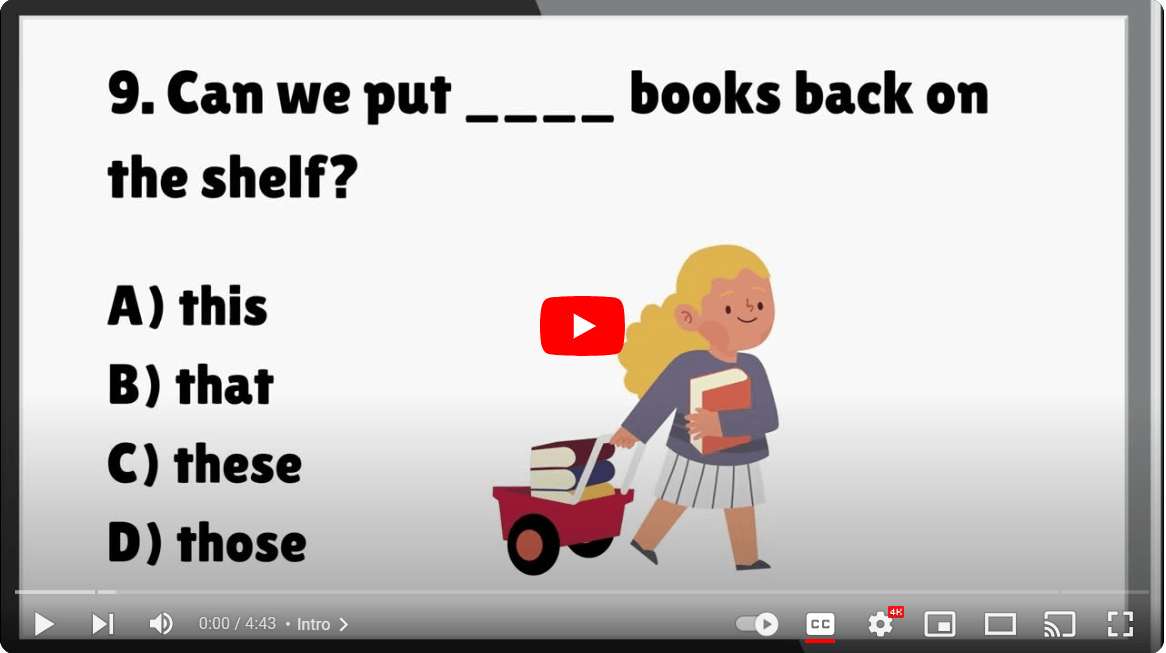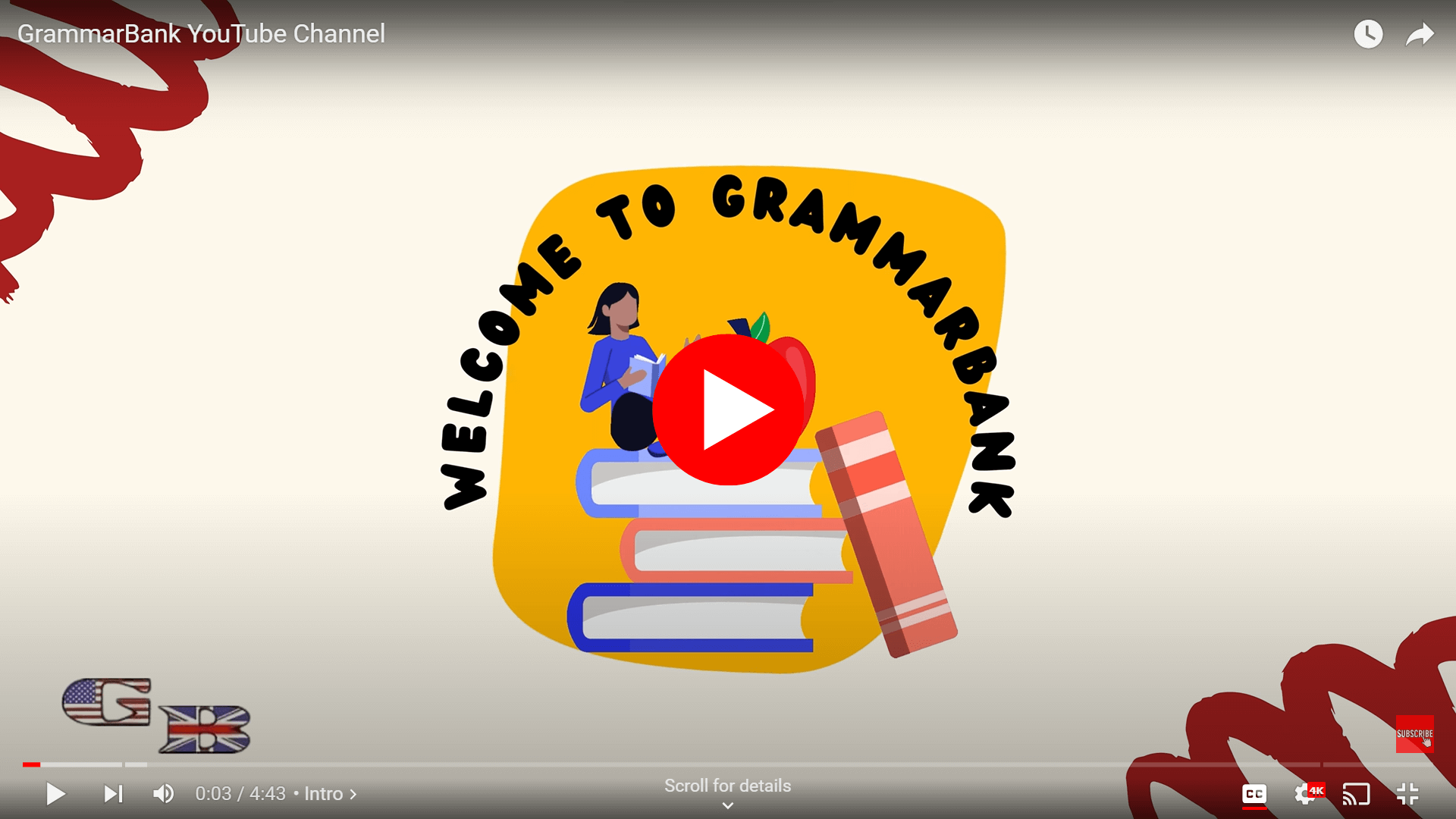Phoneme and Morpheme
Phoneme
A phoneme is the smallest unit (sound) of language which serves to distinguish words from one another.For example:
"bat" and "but" are two different words because they have two different phonemes.(a and u)
Counting Phonemes in a Word
cat.....3 phonemes (/k/a/t/)cream.....4 phonemes (/k/r/ē/m/)
knock.....3 phonemes (/n/o/k/)
shadow.....4 phonemes (/sh/a/d/ō)
This is asking how many different smallest unit of sound can we make? The answer is about 44. So we can make 44 different sounds with about 44 different mouth gestures. Here is a good list of phonemes in English.
Morpheme
A morpheme is the smallest meaningful unit of language that cannot be broken into smaller parts. A word can be composed of one or more morphemes.Morpheme Example:
"Submarine" is a word made up of two morphemes: sub and marine.
There are two morphemes: sub and marine. However, in the same word there are eight phonemes: s, u, b, m, a, r, i, n (e is silent).
Unforgettable for instance is made up of three morphemes and twelve phonemes.
Un-forget-able (un is a prefix meaning "not" forget is the root morpheme and able is an adjective forming suffix)
Types of Morphemes
There are two types of morphemes:- Bound morpheme
- Free morpheme
A free morpheme:
They can stand alone as a word. For example: dog
A bound morpheme (prefix or suffix)
They can't be used on their own; they have to be combined with at least one other morpheme within a word. (such as the “–s” at the end of dogs)
Note: "Morph" is just a shortened form of "morpheme"





Comments